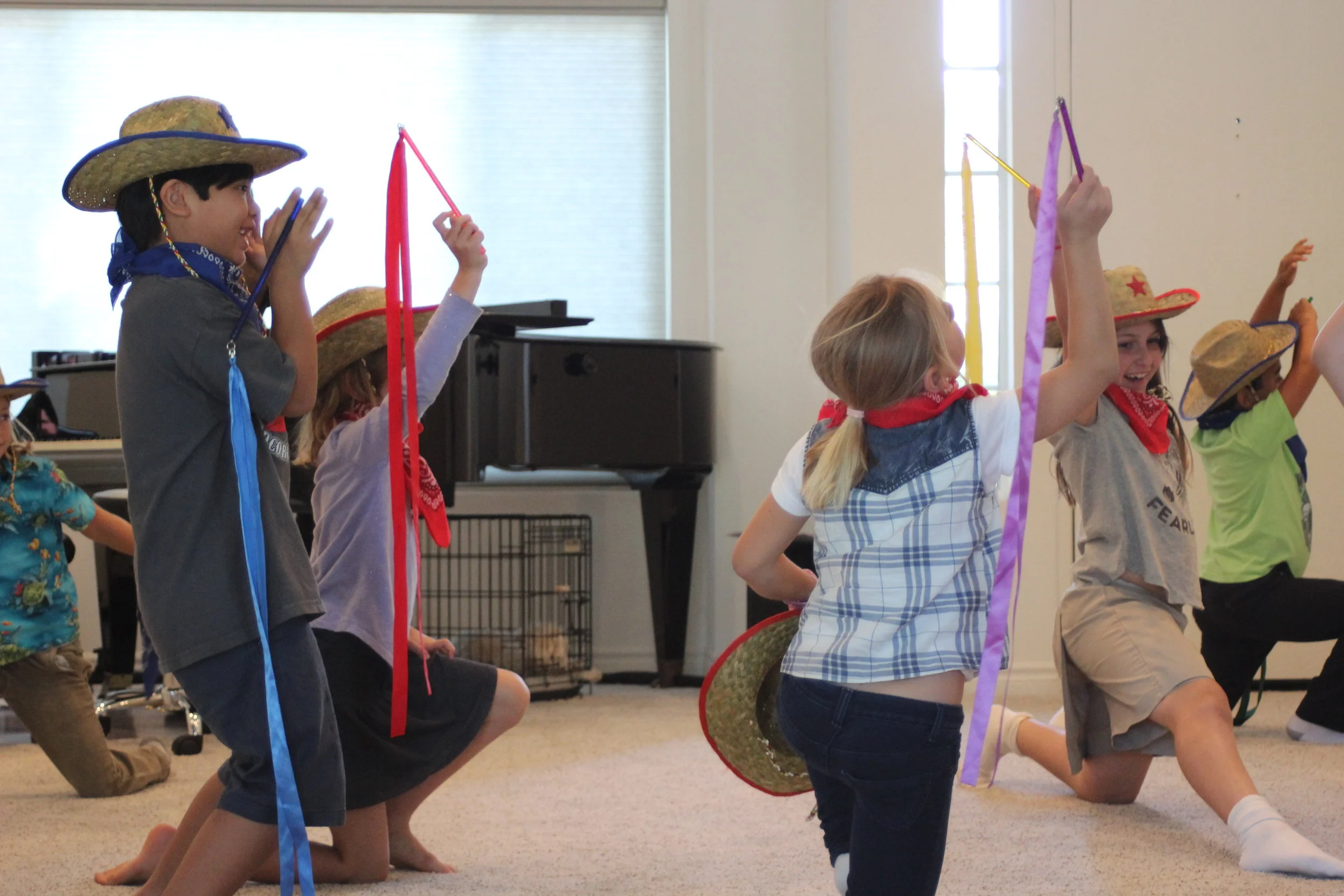THE ORFF METHOD
Building musicianship in every learner through the integration of music, movement, speech and drama.
In the 1930’s, the famous German composer Carl Orff, and his right-hand woman, Gunild Keetman, came up with a philosophy that would forever change the face of music education for young children around the world. Previously, students learned music the same way they learned every other school subject – sitting at a desk. Orff and Keetman quickly discovered that children need to feel the music in their body through movement in order to truly comprehend musical concepts.
They also figured out that a piano was not the best instrument to teach young children how to play rhythms or melodies because it required highly developed fine motor skills. To address this problem, they started experimenting with various percussion instruments such as drums, triangles, rhythm sticks, tambourines and barred instruments such as xylophones, metallophones and glockenspiels.
In Orff Schulwerk classrooms children experience music through:
• Singing
• Movement
• Body percussion (clapping, stamping, patting and snapping
• Playing instruments in an ensemble
• Speech and poetry
• Storytelling
• Improvising and creating, which leads to composing
For more detailed information about the Orff Schulwerk approach, please visit the National Orff Teacher’s Web site or Wikipedia.







